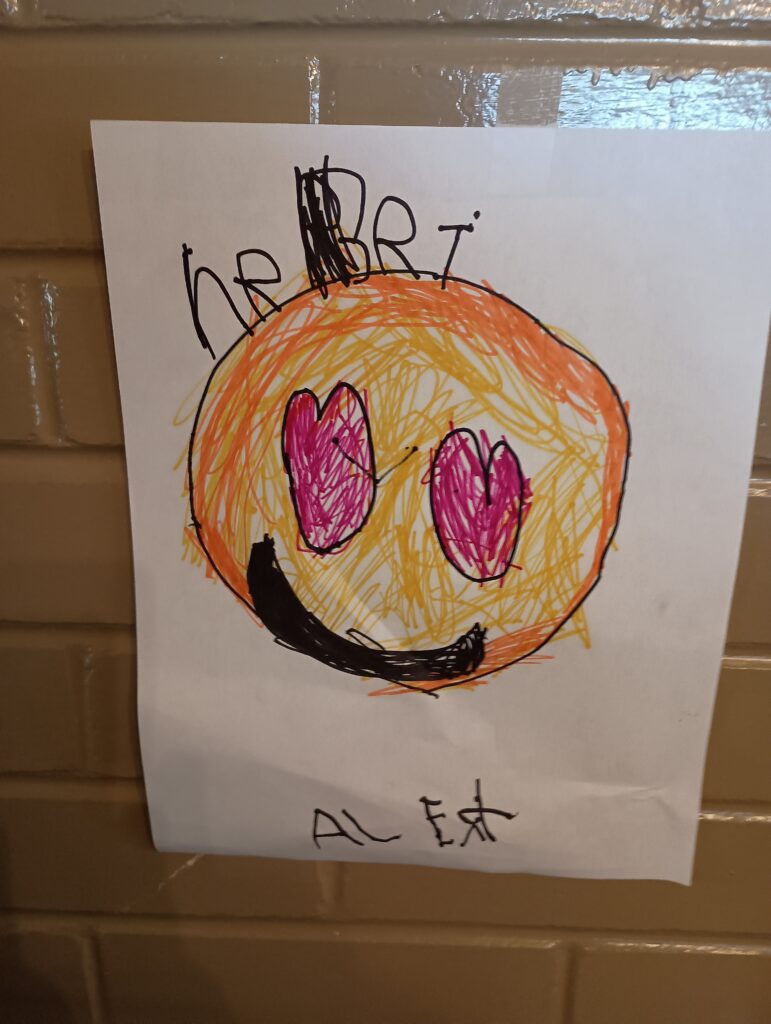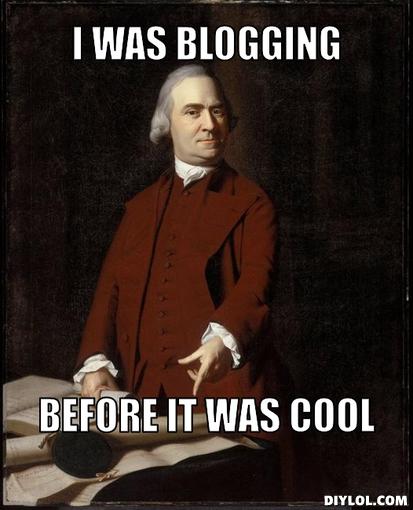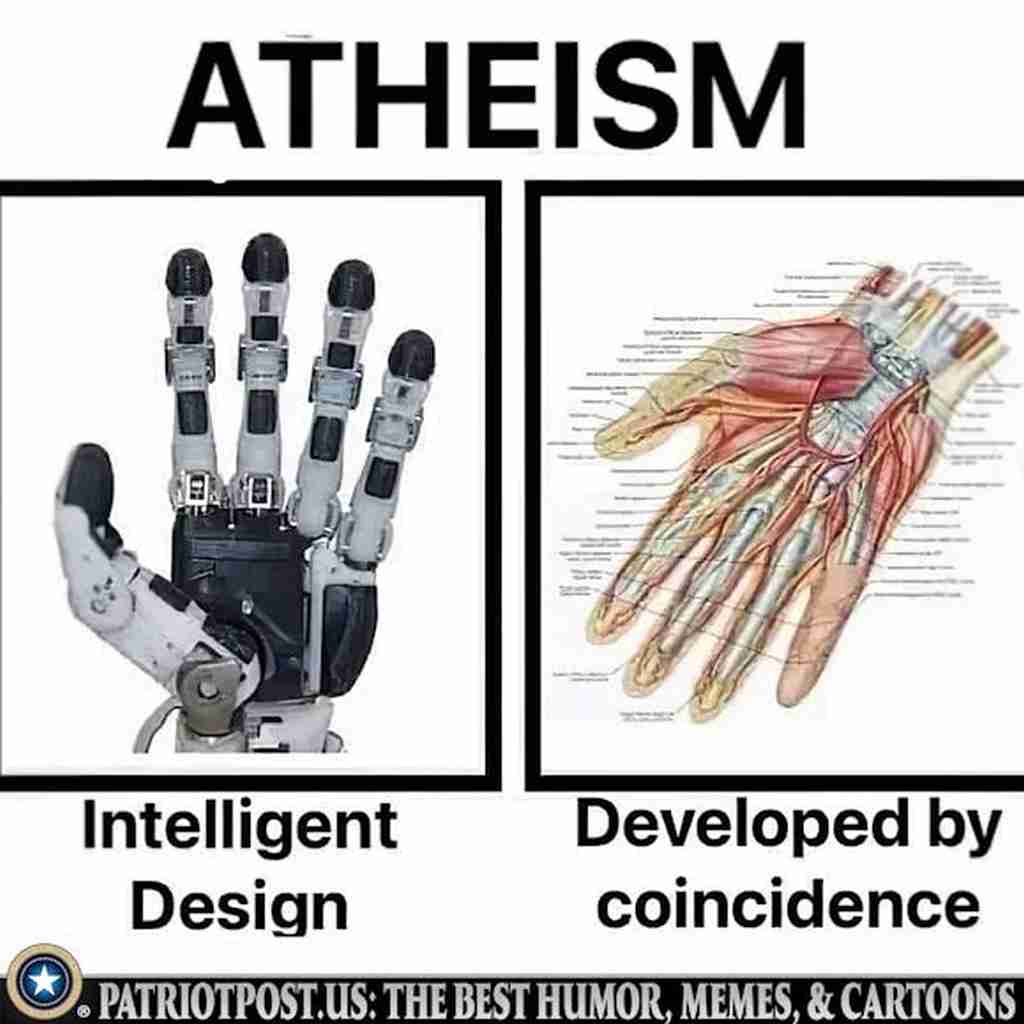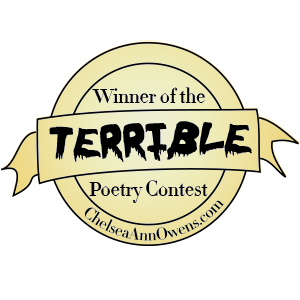One dark night,
When we were all in bed
Mrs. O’Leary lit a lantern in the shed
And when the cow kicked it over
She winked her eye and said
“There’ll be a hot time in the old town, tonight!”
Fire!
There was a terrible drought in the Midwest in the year 1871. No one had seen such a dry hot summer in a very long time. This is important because, no matter what the explanations, things probably would not have been as bad as they turned out.
One hundred forty-eight years ago, today, marks the day Mrs. O’Leary’s cow kicked over the lantern. Or so it was widely reported by the media of the time. Forty years later, the newspaper reporter who wrote that story, Michael Ahern, admitted that he made that part of the story up to give it some color. The O’Leary family lived in the back part of the house and Mrs’ O’Leary testified that she was in her bed sleeping when the fire started. The McLaughlins, who had the front part of the house, were having a party and one of the revelers may have gone out to get some milk. It is possible some boys were sneaking a smoke or gambling and started it. No one really knows, but in 1997 The city council of Chicago exonerated both Mrs. O’Leary and her cow, Daisy. So the part of the story that really hurt someone’s reputation was just fake news.
On the exact same day about two hundred miles to the north, the wind fanned the flames of a fire that was made to clear some brush (here again, the facts are really unclear. The purpose of the fire(s) could be clearing brush for the railroad, making room for more agricultural fields, no one knows. But we do know that the lumber and wood manufacturing town of Peshtigo, Wisconsin started on fire so quickly that escape was almost impossible. The deadliest fire in American history raged out of control, burning up most of the Door Peninsula and jumping across Green Bay to burn up part of the Upper Peninsula of Michigan and reaching inland as far as Shawano county.
Conflagration Comparisons
| Chicago | Peshtigo |
|---|---|
| 3.3 square miles, 100,000 buildings | 1,875 sq miles or 1.2 million acres (twice the size of Rhode Island) |
| 300 dead | 1,500 to 2,500 dead |
In my estimation, the Peshtigo Fire was much worse than the Great Chicago Fire but didn’t have the hook the other one did. There also were many more major newspapers at the time and at least four in Chicago. Plus, while the Know-Nothing party was not very active anymore by this time, the Anti-Immigration, Anti-Irish, and Anti-Catholic sentiments they raised were still high, so to vilify an Irishwoman as the cause of all of their trouble was easy enough.
Besides, the song about Mrs. O’Leary is a really catchy tune. In fact, I don’t think it would be too much of a stretch to say it’s an early example of a parody song. There was a ragtime hit called A Hot Time in the Old Town Tonight performed by a couple of different groups. The best one I heard was the Guy Lombardo version but the song itself existed for a long time before that, so who can tell?
Now, there is another theory about both of these fires and a couple of other, smaller, fires in Michigan on the same day. I ran across it several times when I was looking up the stuff for this post. It’s always bothered me that people always referred to the Great Chicago Fire but never mentioned the Peshtigo Fire, which burned up 17 towns and was much worse. That was before I heard of the fires in Michigan that happened on the same day as well but weren’t quite as bad. Saying that they weren’t as bad is not to say that they weren’t awful, just not as high of numbers.
The theory that seems quite plausible to me is that there was a comet that broke up and the pieces landed in each of these spots. The comet Biela was discovered in 1772 and verified as periodic in 1826. It broke into two comets with two separate nuclei as it passed Jupiter and one of the halves may have entered Earth’s atmosphere. Being a comet, or, probably more correctly, the Earth passing through the tail of a comet which is made up of frozen gases rather than a meteorite, which is made up of rock and ores, the frozen chunks of ice being made up of such gases as methane and acetylene meeting the oxygen could have accounted for the explosive natures of these fires, all happening at the same time, fueled by high winds. Considering that five major fires, three in Michigan which took 500 lives, the Great Chicago Fire which took 300 lives and the Peshtigo Fire which took 1,500 to 2,500 lives and some mariners reporting some islands in Lake Michigan as being on fire, all happened at roughly the same time and, cosmically speaking (to a comet) in the same place, it seems plausible to think that a comet was the cause.












Comments
10 responses to “The Firestarter”
Wow, thank you!
That was more than I ever knew about the great Chicago fire. You can tell how much I didn’t listen in school.
Well, actually it was to mention the great Peshtigo Fire which was far worse and nobody ever heard of.
If you ask me, Ms. O’Leary should have named her cow “Comet.”
I think Santa took it.
I have a theory about that.
I’m certain I would like to hear it.
Perhaps Comet the reindeer isn’t a reindeer at all, but a cow that was bullied in her past life for accidentally starting a devastating fire. Santa, being the jolly old fellow that he is, took pity on her, and let her live out her years as a reindeer on the north pole, far away from all of the mean jerks who used to make fun of her.
Well, you know, it sounds as reasonable as many other things I’ve heard. I concur.
That’s a fair assessment of the situation.